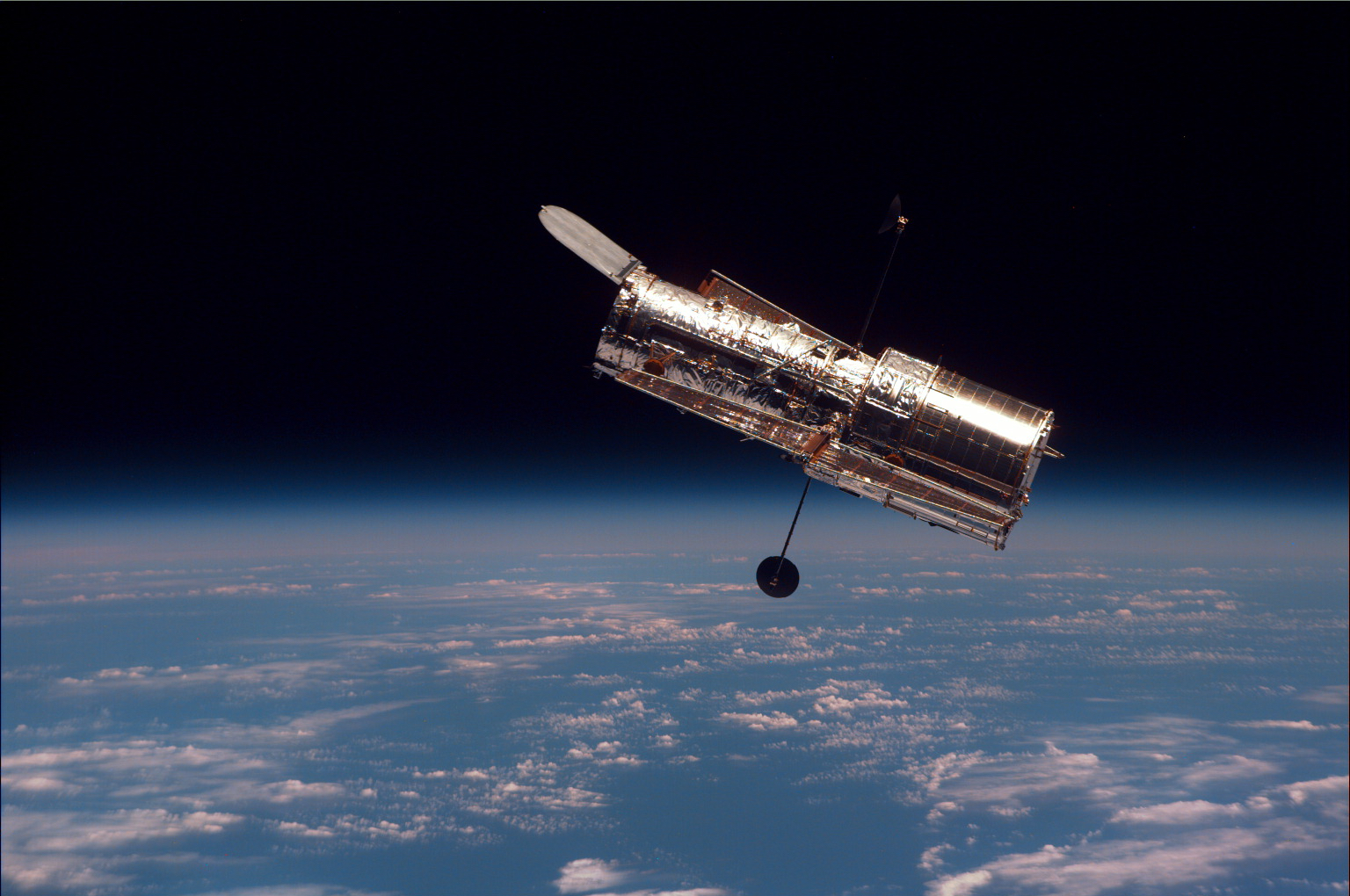3 min read

"Paving the Way" is the sixth video in a series celebrating Hubble's 25th anniversary this year. Although Hubble is famous for giving us a glimpse of the faraway cosmos, the video explains how Hubble has helped other solar system missions be successful by finding targets to study and makes other missions aware of obstacles that may be in their the path.
Space Telescope Science Institute
Hubble was the first major optical telescope to be placed in space. Above the distortion of the atmosphere, far above rain clouds and light pollution, Hubble has an unobstructed view of the universe. Scientists have used Hubble to observe the most distant stars and galaxies as well as the planets in our solar system.
"Hubble wasn’t designed to look at objects in our solar system, but after it was launched, astronomers realized that with just a little bit of modification to the software, it could look at solar system objects. The telescope has to track their motion to keep the picture stable. That was done and there’s been no turning back," said Heidi Hammel, planetary astronomer at the Space Telescope Science Institute, Baltimore, Maryland. "Because Hubble’s been up so many years now, it’s actually given us a window to things like…how planets’ atmospheres actually change, evolve…over time."
Hubble captured the Shoemaker-Levy comet's dramatic impact into Jupiter, provided closer looks at moons orbiting planets in our solar system, and spotted the four moons of Pluto that helped pave the way for the New Horizons mission.
Hubble also helped shed light on mysterious objects found in our solar system.
"Vesta and Ceres were both discovered more than 200 years ago and for most of that time they were just faint lights in the sky," said Robert Mase, project manager of the Dawn mission. "But more recently, Hubble has brought these faint lights into view as small worlds." The Dawn mission, launched in 2007, orbited and explored the giant asteroid Vesta in 2011 and 2012, and now it is in orbit and exploring a second new world, the dwarf planet Ceres.
Hubble’s longevity over 25 years gives the telescope a huge advantage in monitoring long-term changes in the solar system.
"Planetary missions are great, but they’re usually only brief snapshots of those planets and also really very close-up," Hammel said. "Hubble can actually see the planet before, during and after, and so it allows us to take that mission data and put it in that broad context."
The "Hubble 25th Anniversary" video series is produced by the Space Telescope Science Institute (STScI) in Baltimore, which manages Hubble on behalf of NASA.
For more information about the Hubble telescope, visit:
Rob Gutro
NASA's Goddard Space Flight Center, Greenbelt, Maryland







